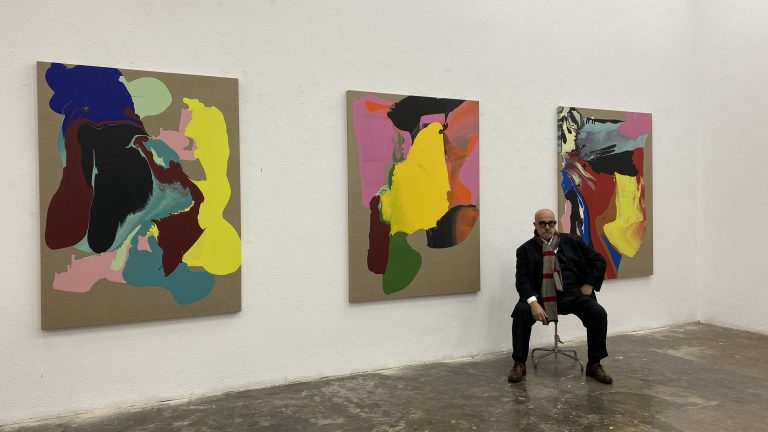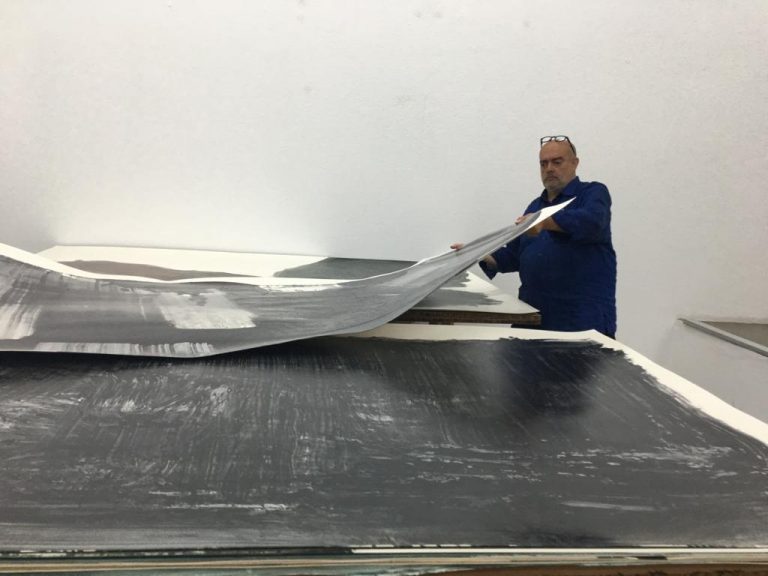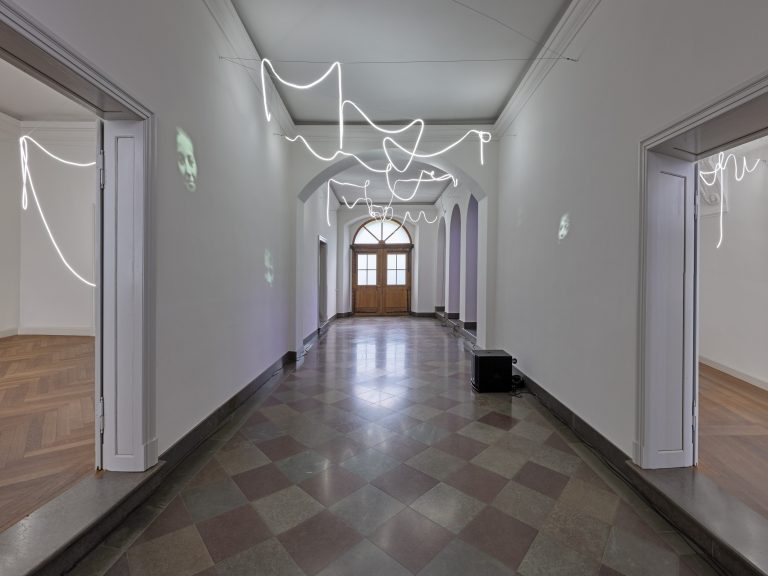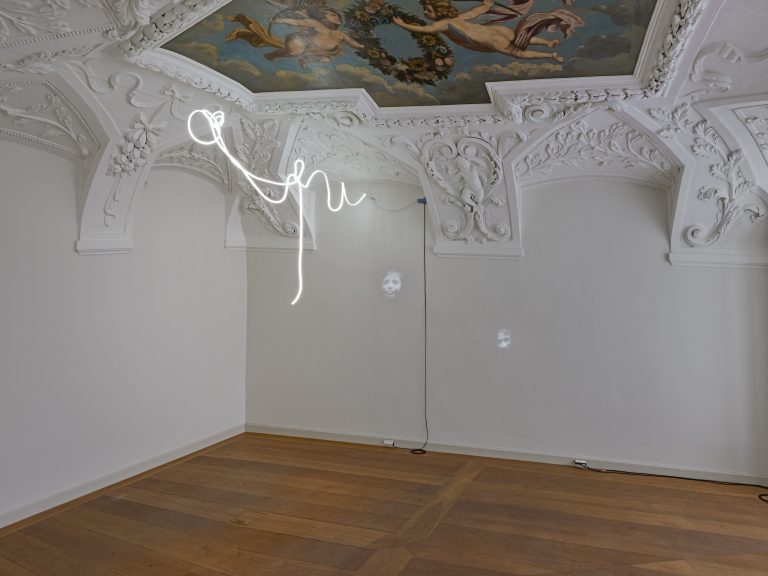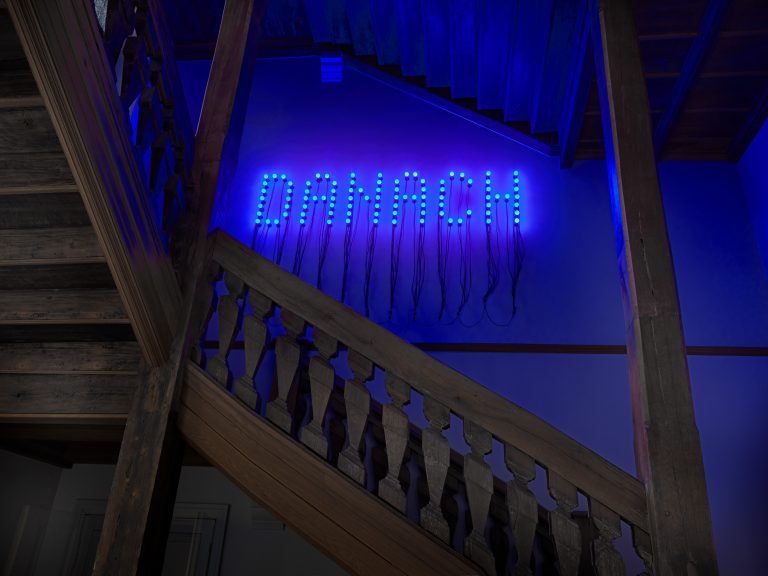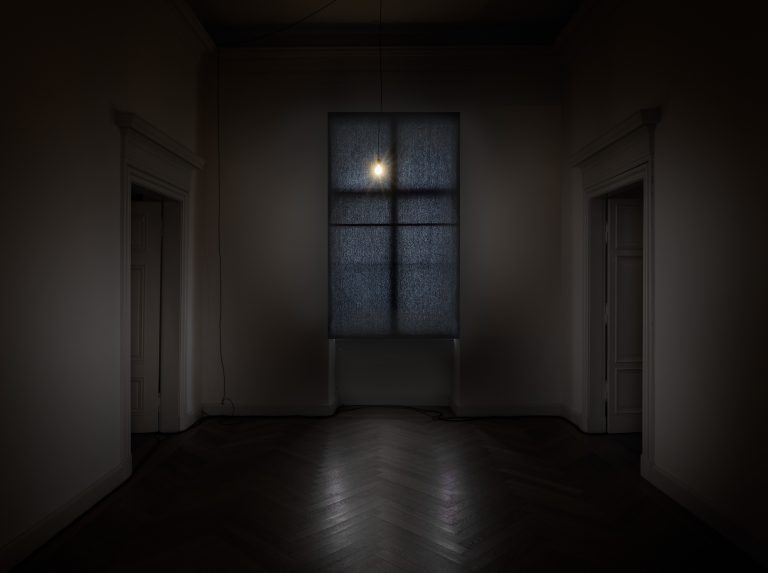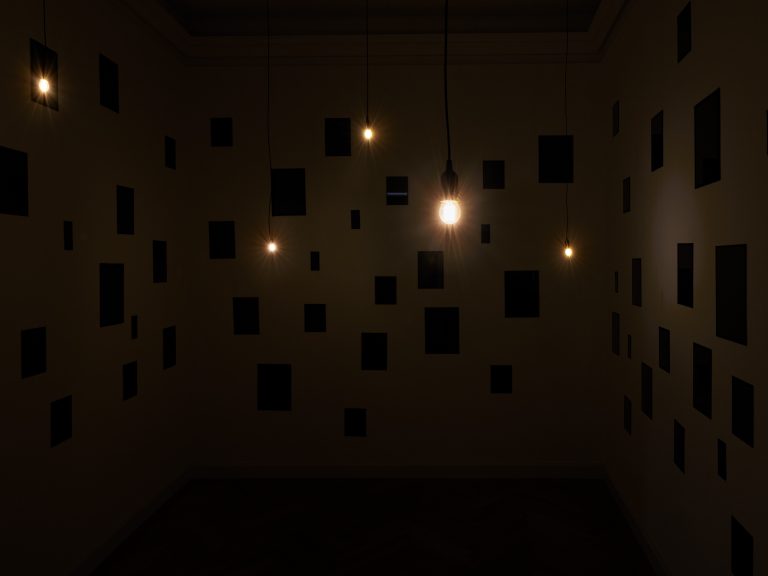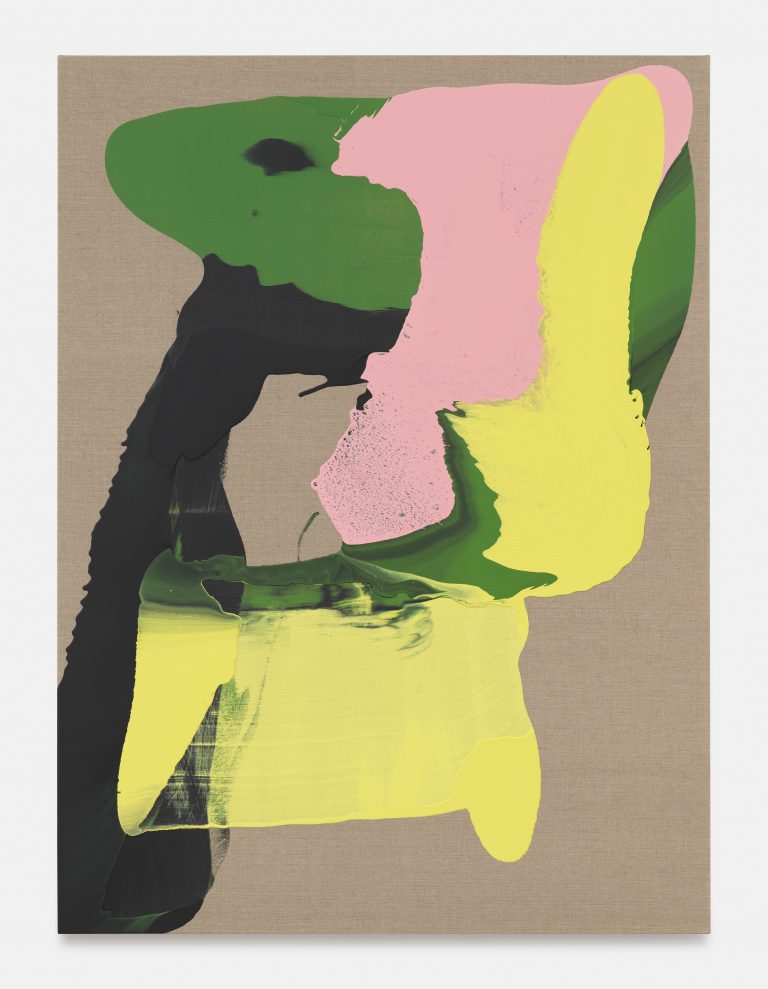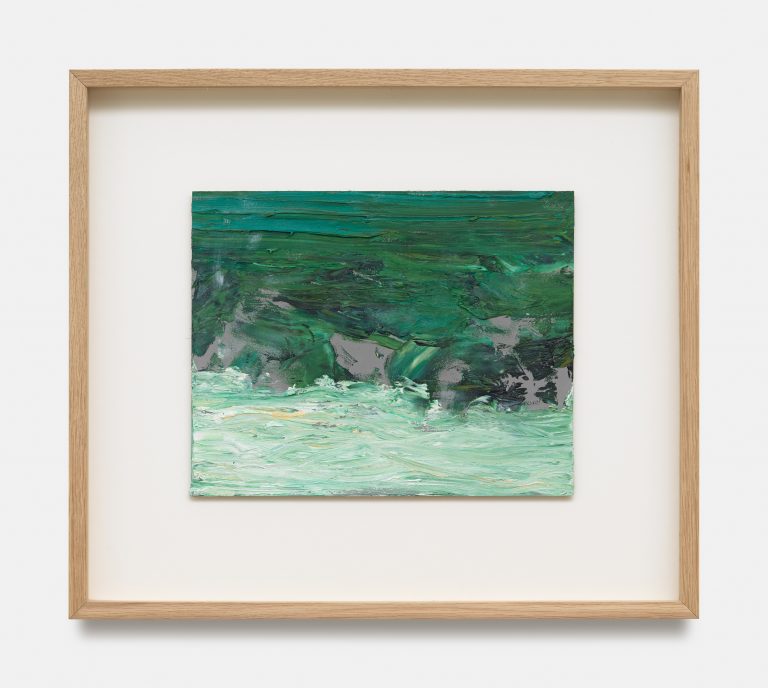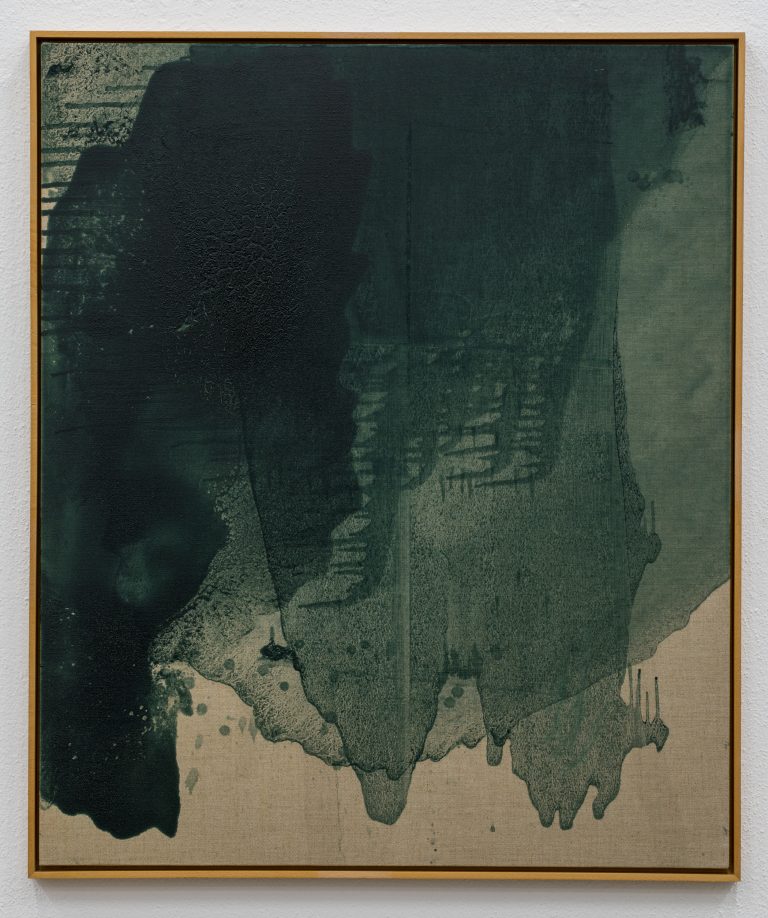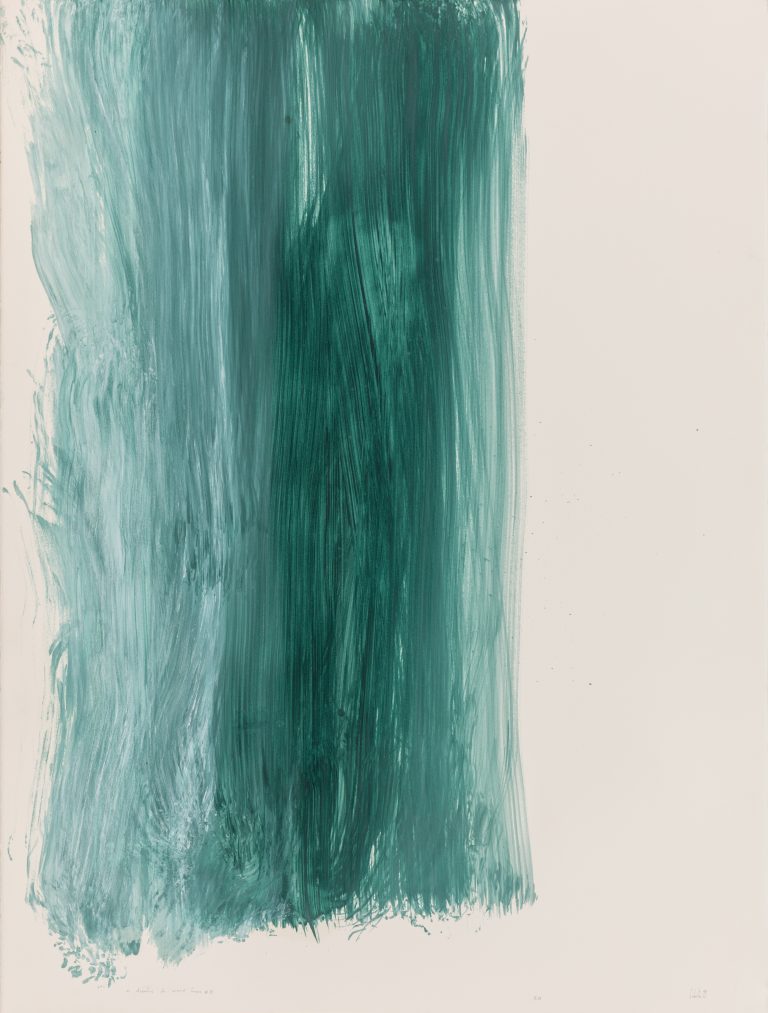Christian Boltanski
Danach
I’ve filled my whole life trying to preserve the memory of living, in the fight against dying. Perhaps the only thing I’ve done, since stopping death is impossible, is to show this fight. The fight itself does not satisfy us either.
Christian Boltanski in an interview with Caia Hagel, Believer Mag 2014
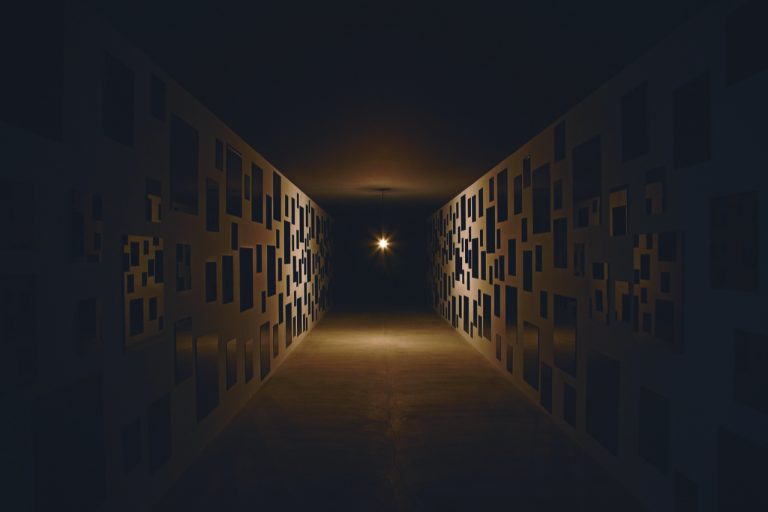
Les Archives du Coeur – Teshima © Christian Boltanski / ADAGP, Paris, 2021 / © Naoshima Fukutake Art Museum Foundation, photo by Yasuhide Kuge
After Christian Boltanski inaugurated the then newly occupied premises of KEWENIG on Museum Island in 2013, ‘Danach’ (‘Afterwards’) is the French artist’s second exhibition at this location. Boltanski has so far been associated with Berlin primarily through his memorial plaques ‘The Missing House’ (1990) in Große Hamburger Straße as well as his installation ‘Archiv der Deutschen Abgeordneten’ (1999) in the Reichstag building.
With an exhibition conceived as a Gesamtkunstwerk, Boltanski now occupies the entire gallery with examples of his most famous groups of works in which the core themes of his artistic work – the transience of the individual and remembering – are present. Boltanski’s iconic installation ‘Coeur’ (2005) is the centrepiece of the exhibition: throbbing bass tones penetrate all rooms through loudspeakers. The recording of Boltanski’s heartbeat, accompanied by the synchronous flickering of two light bulbs is ‘the artist’s last self-portrait’ and at the same time a symbol of the fragility of life and the passing of time.
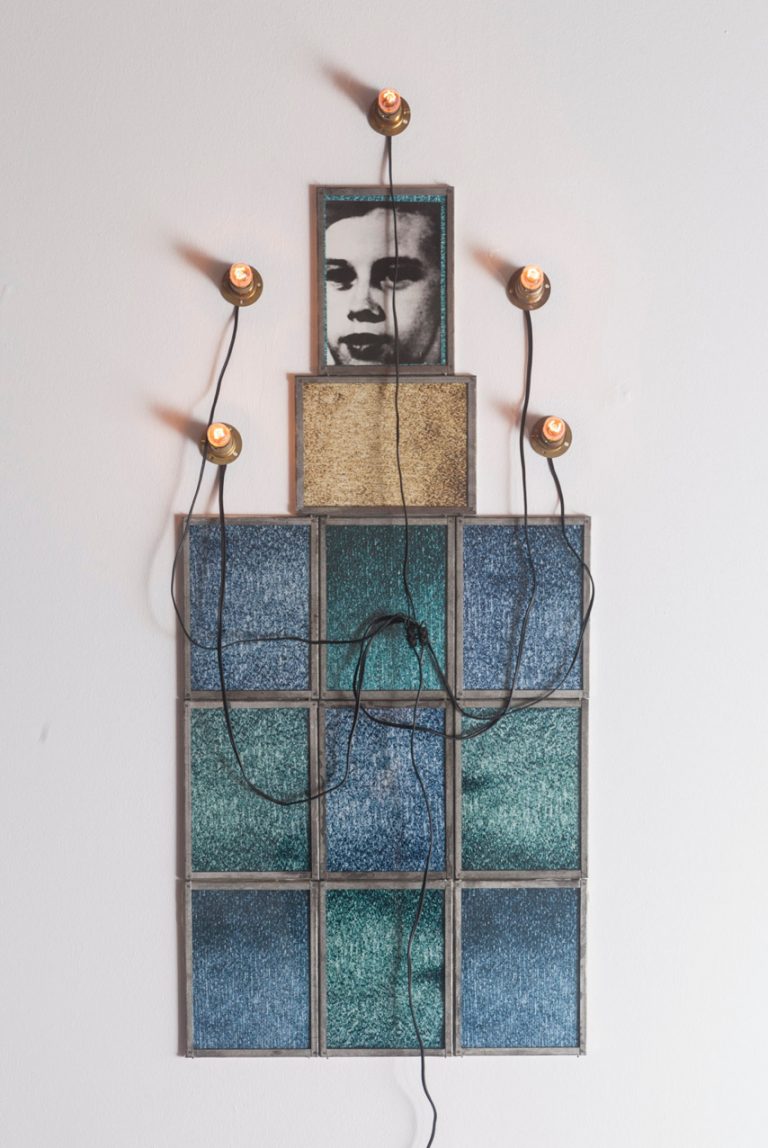
Christian Boltanski, Monument, 1986.
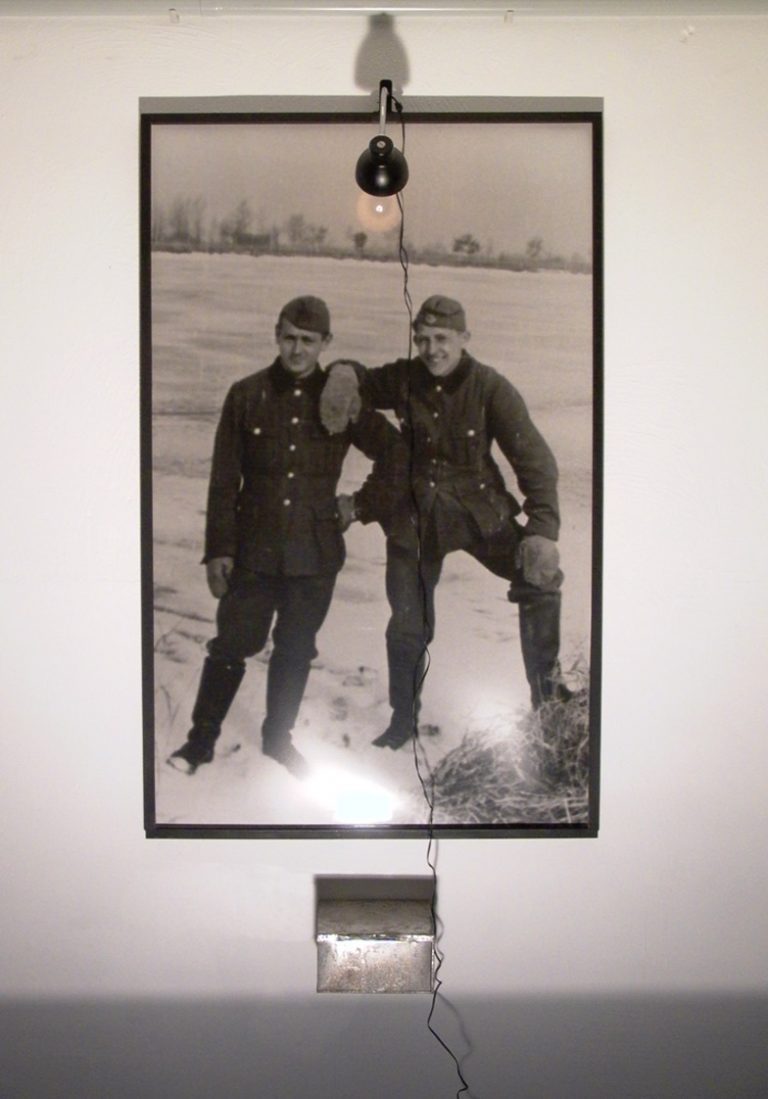
Christian Boltanski, Portrait of two German Airmen in the snow, 1991.
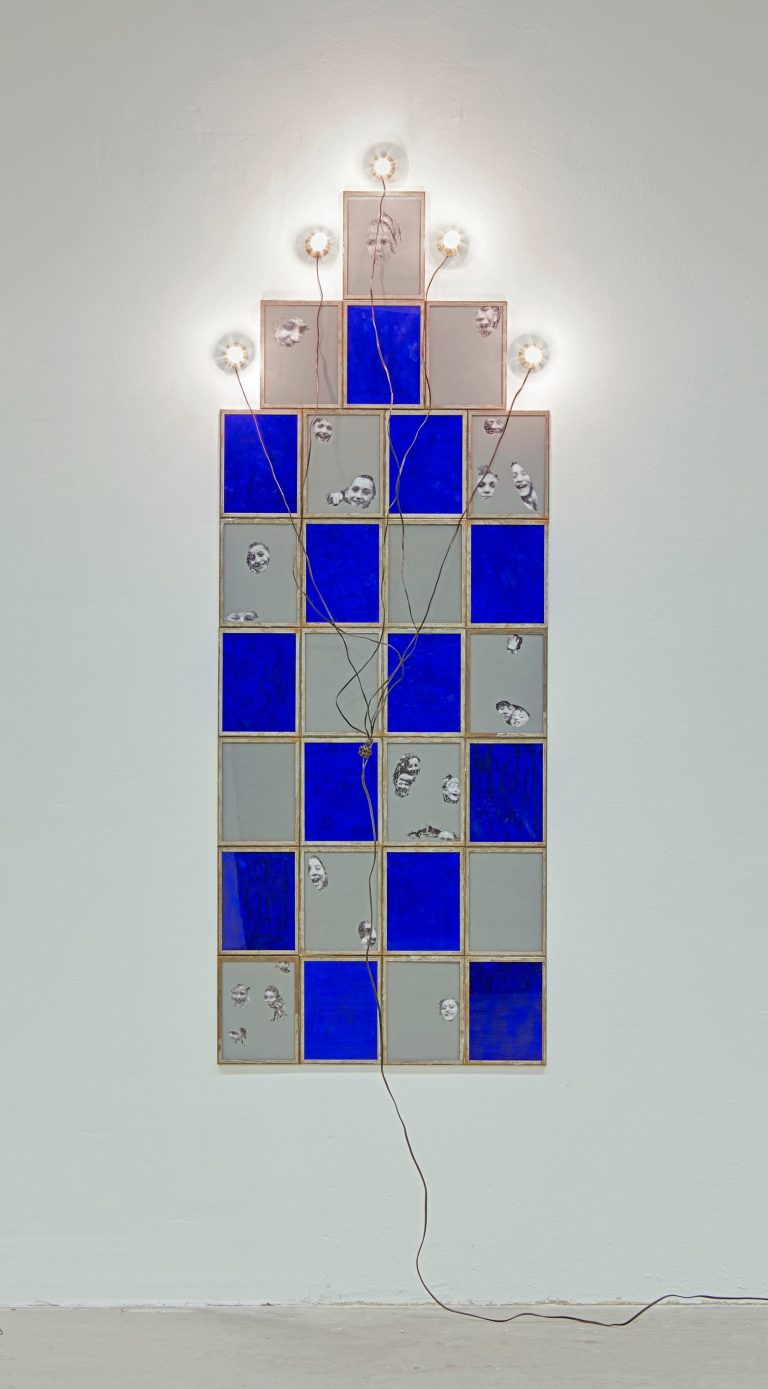
Christian Boltanski, Scratch, 2014.
Since the beginning of the Coronavirus crisis, death has pushed its way further into the public, but also private consciousness. Against this background, the artist’s work gains an oppressive topicality. In the darkened staircase of the gallery, the German word ‘Danach’ is emblazoned in the haunting light of blue bulbs – not only a reference to the afterlife or the question of what awaits us after death, but also to the time after the crisis, which is longed for with great hope.
Christian Boltanski (*1944) is one of the most important artists of our time, whose work has been honoured internationally with the Praemium Imperiale and in comprehensive retrospectives.
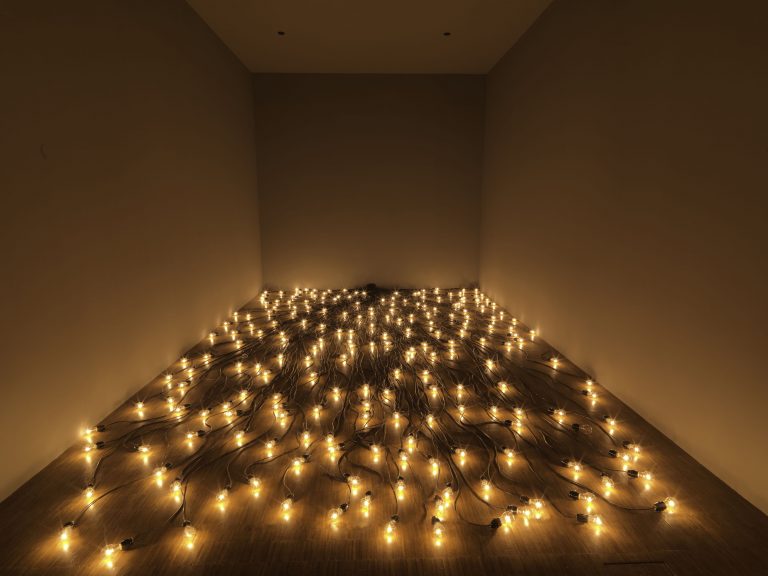
Christian Boltanski, Crépuscule, 1996. © ADAGP, Paris, 2019
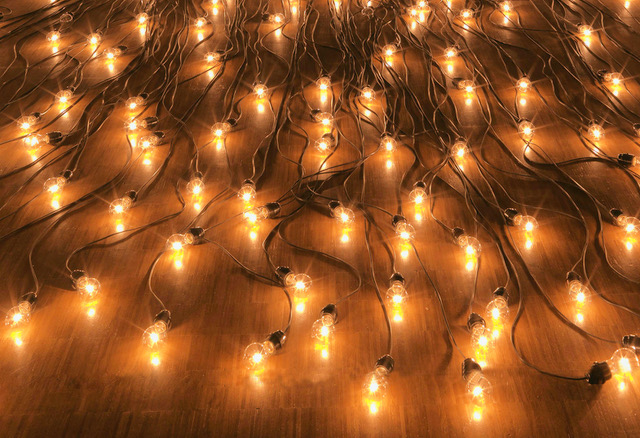
Christian Boltanski, Crépuscule, 1996, detail. © ADAGP, Paris, 2019
I believe artists have some kind of trauma in their early lives, and they learn to survive it through their art. For me, the trauma was the Shoah.
Christian Boltanski in conversation with Peter Aspen, Financial Times, 2018
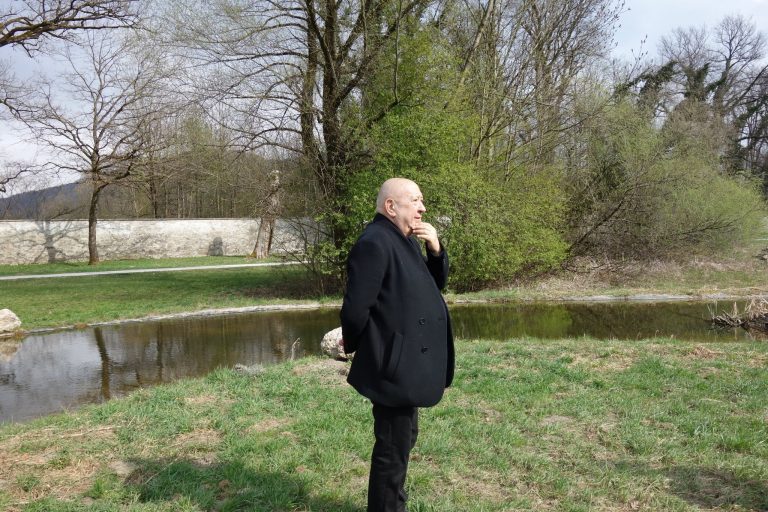
Christian Boltanski, Salzburg 2020. © Stadt Salzburg / Julia Kuon
Cabrita
I (still) love the smell of oil color in the morning
The loss of nature is a wound, still, or forever, to be closed. To be healed. (…) I would like my work to be referred to as an inner space of silence, introspection, serenity. Most of all it’s about the inevitable quest for beauty, as a form of absolute intelligence.
Cabrita in an interview with Adrian Searle, published in: Pedro Cabrita Reis. Hatje Cantz 2003
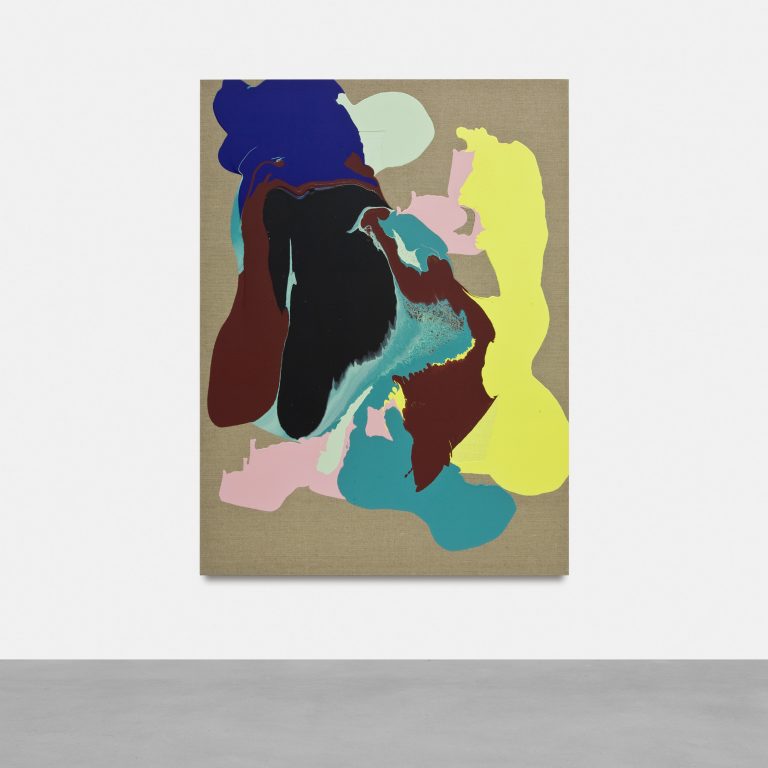
- Cabrita, The Winter flowers #1, 2020. Photo: Lepkowski Studios Berlin / Courtesy: the artist and KEWENIG Berlin
Cabrita takes over the KEWENIG warehouse, situated in a historic substation in Moabit, with his exhibition “I (still) love the smell of oil color in the morning“. Painting is the basis of Cabrita’s formally versatile work. Its further development has led the Portuguese artist to sculptural works and installations and thus to a critical exchange with exhibition venues.
Cabrita (*1956) is one of Portugal’s most important contemporary artists, who represented his country at the 50th Venice Biennale and whose work has been shown in numerous institutional solo exhibitions.
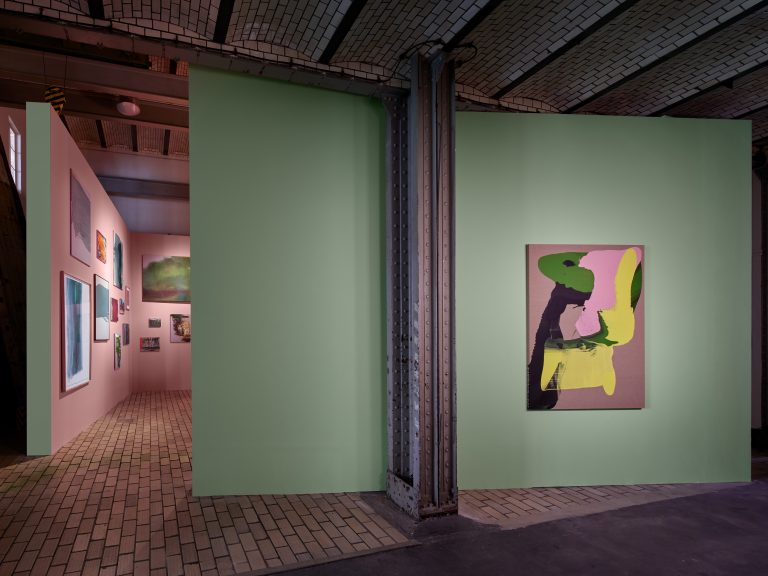
- Exhibition views at KEWENIG warehouse, Berlin-Moabit Photos: Lepkowski Studios Berlin / Courtesy: the artist and KEWENIG Berlin
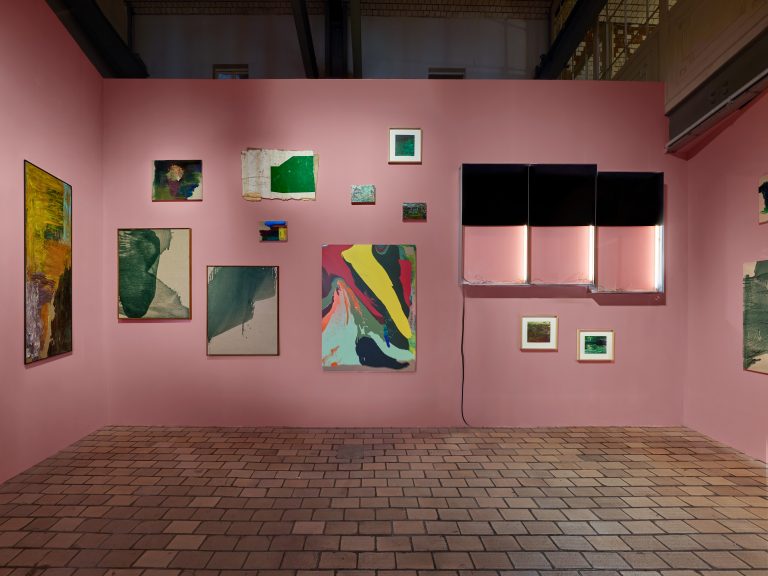
- Exhibition views at KEWENIG warehouse, Berlin-Moabit Photos: Lepkowski Studios Berlin / Courtesy: the artist and KEWENIG Berlin
Whoever is contemplating a work of art will sense a new wish to open himself up to reality. (…) A work of art offers orientation for experiencing reality as a truly new terrain.
Cabrita in an interview with Doris von Drathen published in a remote whisper, Ivory Press 2013
